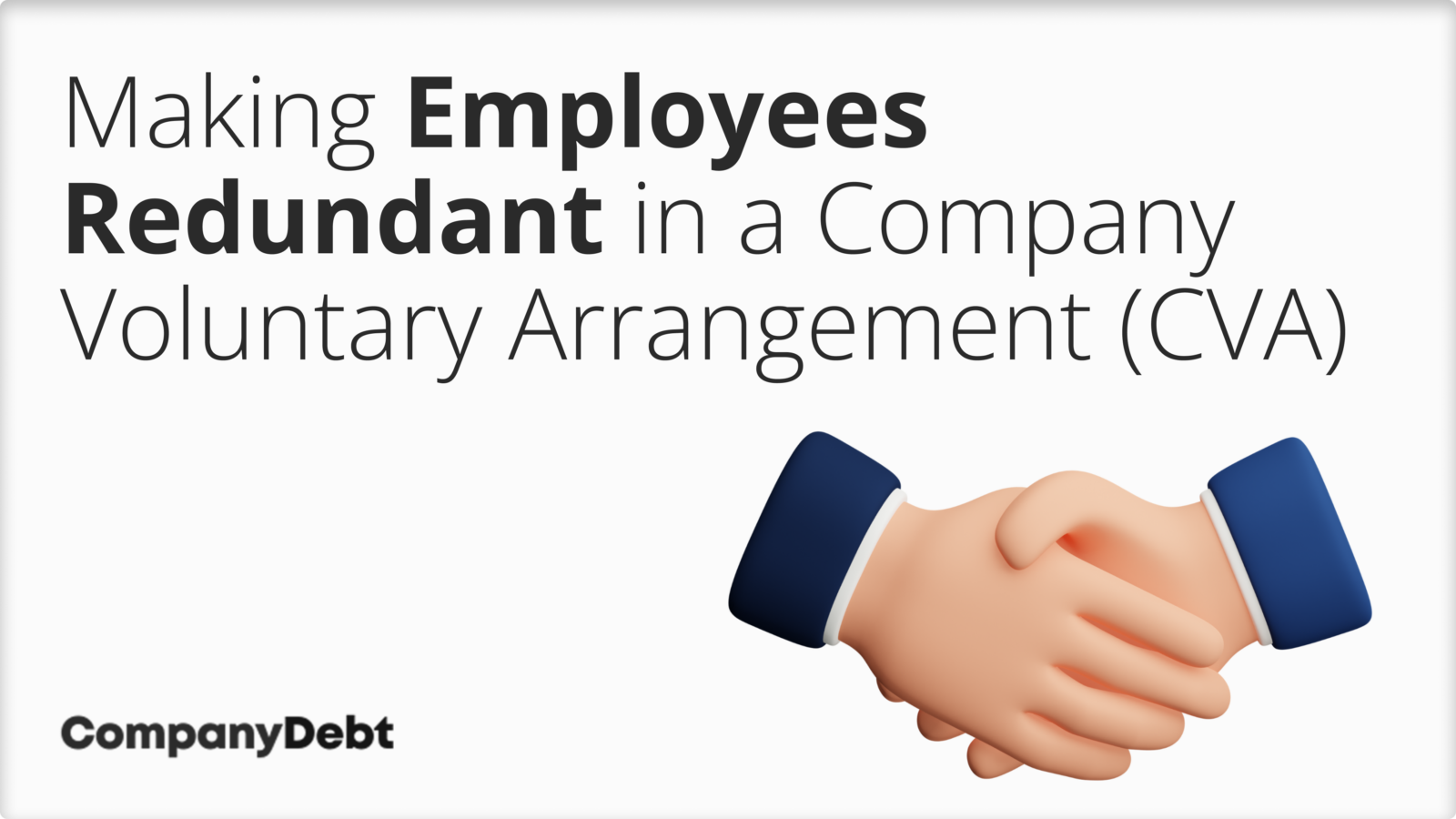Clarified: If a Company Goes Bust Who Pays Redundancy in the UK?
Clarified: If a Company Goes Bust Who Pays Redundancy in the UK?
Blog Article
Discovering the Operational Characteristics of Company Redundancy and Its Long-Term Sustainability

Redundancy Techniques for Business Continuity
In order to make sure nonstop operations, companies must execute effective redundancy strategies for organization continuity. Redundancy in this context refers to the replication of important components or features within a system to minimize the effect of prospective failures. By integrating redundancy methods, organizations can improve their strength versus disturbances brought on by different variables such as all-natural catastrophes, equipment failings, or cyber-attacks.
One common redundancy technique is the implementation of backup systems and data storage space options. This includes producing matches of necessary information and systems that can be turned on in case of a primary system failure. Furthermore, companies can develop redundant communication networks and source of power to maintain connection and procedures throughout unforeseen events.
In addition, cross-training employees to carry out several duties within the business can act as an important redundancy strategy. This guarantees that vital jobs can still be performed also if key employees are unavailable due to ailment or various other reasons. In general, efficient redundancy methods are important for organizations to maintain operational connection and decrease the impact of prospective disruptions.
Influence of Redundancy on Organizational Strength
Given the essential function redundancy approaches play in guaranteeing service connection, exploring the influence of redundancy on business strength comes to be imperative for comprehending the all natural operational characteristics of a company. Redundancy, when strategically implemented, can dramatically add to improving a company's strength in the face of unforeseen challenges.
Furthermore, redundancy can strengthen employee spirits and self-confidence, knowing that there are contingency strategies in area to address unanticipated scenarios. This complacency can cause increased productivity and a more positive workplace. Furthermore, redundancy can cultivate technology and creativity within a company as employees feel empowered to take calculated risks, knowing that there is a security internet to support them in situation of failure. Generally, the influence of redundancy on business strength is extensive, forming the lasting sustainability and success of a business.
Stabilizing Performance and Flexibility in Redundancy
Accomplishing an unified stability in between operational efficiency and adaptive flexibility is a crucial challenge in the strategic release of redundancy within organizations. As well much flexibility without a solid functional foundation can result in ineffectiveness and disparity.
To balance efficiency and versatility in redundancy preparation, companies should meticulously assess their operational needs, market dynamics, and tactical objectives. Implementing lean methods can improve effectiveness by streamlining processes and eliminating waste, while fostering a society of flexibility and constant improvement can improve adaptability. Additionally, buying cross-training programs and durable interaction channels can help grow a versatile workforce qualified of managing varied tasks during durations of change. Eventually, discovering the right balance in between effectiveness and adaptability is crucial for building a resistant and lasting company in the face of uncertainty.
Long-Term Sustainability Through Redundancy Planning
To guarantee enduring practicality and stability, organizations need to strategically straighten their redundancy preparation with long-lasting sustainability goals, thereby balancing functional performance with flexible flexibility. Long-term sustainability via redundancy planning includes greater than simply temporary cost-cutting measures. It needs a detailed critical method that prepares for future challenges and opportunities. Companies must view redundancy not as a responsive remedy to immediate troubles yet as a proactive approach for long-term success. By integrating redundancy planning with sustainability purposes, organizations can produce a resilient framework that can withstand various market changes and interior changes.

Proactive Measures for Sustainable Company Operations
Just how can firms proactively boost their functional sustainability for long-term success? Implementing proactive procedures is necessary for companies intending to make certain lasting operations.
Furthermore, cultivating a culture of continuous renovation and understanding within the company can enhance versatility to altering market conditions and consumer demands. find more information Motivating worker participation in decision-making procedures and supplying opportunities for expert advancement can increase morale, efficiency, and overall performance. Establishing clear goals, keeping track of crucial efficiency indications, and routinely evaluating progress are vital elements of aggressive sustainability management.
Working together with distributors, clients, and other stakeholders to advertise sustainable techniques throughout the supply chain can create a causal sequence of favorable impact look at more info - redundancy pay if company goes bust. By taking positive actions in the direction of functional sustainability, firms can construct resilience, drive innovation, and safeguard their long-lasting success in an ever-evolving service landscape
Conclusion

In the world of organizational monitoring, the critical release of company redundancy stands as a pivotal yet complex method that requires a delicate equilibrium between operational performance and long-term practicality. By studying the operational dynamics that underpin firm redundancy and assessing its more comprehensive ramifications for business durability and adaptability, a nuanced understanding of just how redundancy approaches can form the future trajectory of a business begins to unravel.Given the essential role redundancy approaches play in making sure organization connection, exploring the effect of redundancy on organizational resilience becomes essential for comprehending the all natural operational characteristics of a business. In general, the influence of redundancy on business durability is extensive, forming description the lasting sustainability and success of a business.
In verdict, recognizing the operational characteristics of firm redundancy is important for ensuring lasting sustainability.
Report this page